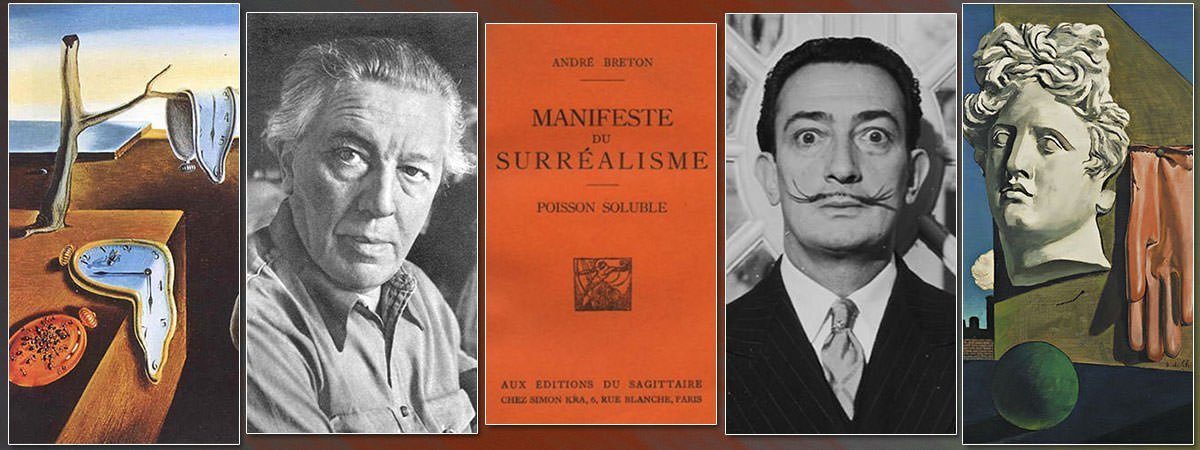Surrealism was a movement, primarily in literature and the visual arts, that flourished in Europe between the First and Second World War. The Surrealists rejected rationalism and literary realism as they believed that the rational mind repressed the power of the imagination. They instead tried to channel the unconscious mind to unveil the power of the imagination. French poet and critic Andre Breton was the founder and chief theorist of Surrealism. He officially inaugurated the movement by publishing the Surrealist Manifesto in 1924 and led the group which identified themselves as “Surrealists” till his death in 1966. Surrealism was a hugely influential movement and some of the best known artists and artworks of the twentieth century are Surrealist. Know about the origin, development, golden age and decline, as well as techniques and major figures, of the Surrealism movement through these 10 interesting facts.
#1 SURREALISM DEVELOPED FROM THE DADA MOVEMENT
Dada or Dadaism was an art movement in Europe which developed as a reaction to World War I. It was launched in 1916 in Zurich by several poets and artists including Hugo Ball, Tristan Tzara and Jean Arp. The Dadaists believed that excessive rational thought and capitalist values had brought war upon the world. They rejected the logic, reason and aestheticism of modern capitalist society; and instead expressed nonsense, irrationality and anti-bourgeois protests in their works. Soon after the war, many members of the Dada movement began experimenting with what is now known as Surrealist automatism, an artistic method in which the artist suppresses conscious control and allows spontaneity by letting the unconscious mind to have a greater influence. These artists thought that automatism was a better tactic for societal change than the Dada form of attack on prevailing values, leading to the rise of Surrealism.
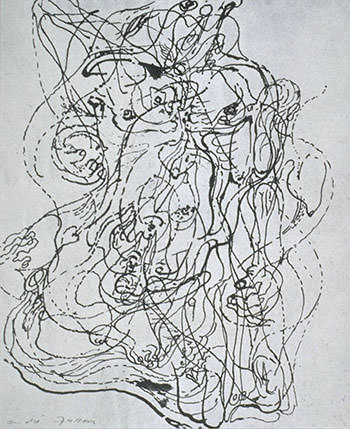
#2 THE WORD “SURREALISM” WAS INVENTED BY GUILLAUME APOLLINAIRE
The term “surrealism” was coined by French writer and art critic Guillaume Apollinaire. Parade is a ballet with music by French composer and pianist Erik Satie. Apollinaire described Parade as “a kind of surrealism” when he wrote the program note in 1917, thus coining the word 3 years before Surrealism emerged as a movement in Paris. He also used the word Surrealism to describe his play The Breasts of Tiresias, which also premiered in 1917. Apollinaire was also the one who recognized the importance of the works of French philosopher and writer Marquis de Sade; which had till then remained in obscurity but went on to have a significant influence on the Surrealists. Marquis de Sade was admired by Surrealists as one of their forerunners; and Guillaume Apollinaire is considered as one of the forefathers of Surrealism.
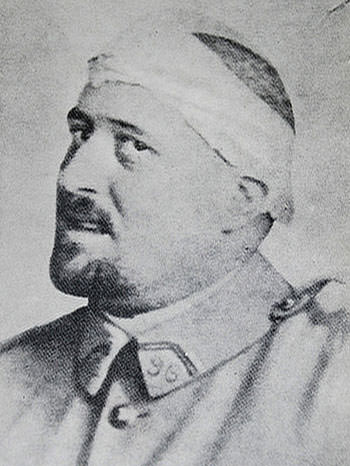
#3 ANDRE BRETON IS CALLED “THE POPE OF SURREALISM”
Surrealism originated in the late 1910s and early 1920s, initially as a literary movement that experimented with automatism. French poet and critic Andre Breton was the founder and chief theorist of Surrealism. He wrote and published two manifestos of the art movement in 1924 and 1929. He was also editor of the magazine La Révolution surréaliste (The Surrealist Revolution), of which 12 issues were published from 1924 to 1929. Breton was the leader of the group which called itself Surrealist and he tolerated no deviation from the philosophy he developed, expelling rebellious members as he saw fit. Such is his influence on the movement that many consider his death in 1966 as the end of Surrealism as an organized movement. Also, along with Philippe Soupault, Breton co-authored the 1920 book Les Champs magnétiques (The Magnetic Fields), which is famous as the first work of literary Surrealism

#4 THE THEORIES OF SIGMUND FREUD WIDELY INFLUENCED SURREALISM
Andre Breton was trained in medicine and psychiatry; and worked in a neurological hospital during the First World War. There he used the psychoanalytic methods of renowned Austrian neurologist Sigmund Freud on soldiers suffering from shell-shock. The work of Sigmund Freud, especially related to free association, dream analysis and the unconscious, was of utmost importance to the Surrealists in their development of methods to liberate the imagination. However, it was Freud himself who initiated the psychoanalytic critique of Surrealism with his remark that what interested him most about the Surrealists was not their unconscious but their conscious. He implied that their works couldn’t be regarded as manifestations of the unconscious as they were highly shaped and processed by the ego.

#5 TWO SURREALIST MANIFESTOS WERE RELEASED IN OCTOBER 1924
By 1924, two rival surrealists groups had formed with one being led by Andre Breton while the other led by French-German poet Yvan Goll. On October 1, Goll published his Manifeste du surréalisme (Manifesto of Surrealism) and on October 15, Breton released his manifesto with the same title. The two clashed openly over the rights to the term Surrealism. Ultimately, Andre Breton won the battle, primarily due to numerical superiority. The publication of the Surrealist Manifesto written by Breton officially inaugurated the Surrealism movement. In it he defined surrealism as psychic automatism in its pure state, by which one expresses the actual functioning of thought in the absence of any control exercised by reason and exempt from any aesthetic or moral concern. The manifesto also includes citations of influences on Surrealism and examples of Surrealist works.
#6 METAPHYSICAL ART HAD A MAJOR INFLUENCE ON SURREALIST VISUAL ARTISTS
In the beginning, the Surrealists were reluctant to align themselves with visual artists because they believed that the laborious processes of painting, drawing and sculpting were at odds with the spontaneity of uninhibited expression. However, as automatic drawing was pioneered by Andre Masson, visual artists began to be accepted in the movement. Apart from Masson; the visual artists who first worked with Surrealist techniques and imagery were the German Max Ernst, the Spaniard Joan Miro and the American Man Ray. Metaphysical art was a style of painting which was marked by dream-like scenes with unexpected juxtapositions of objects. It was first developed by Italian artist Giorgio de Chirico. Chirico and his Metaphysical art had a profound and major influence on the visual artists of Surrealism.
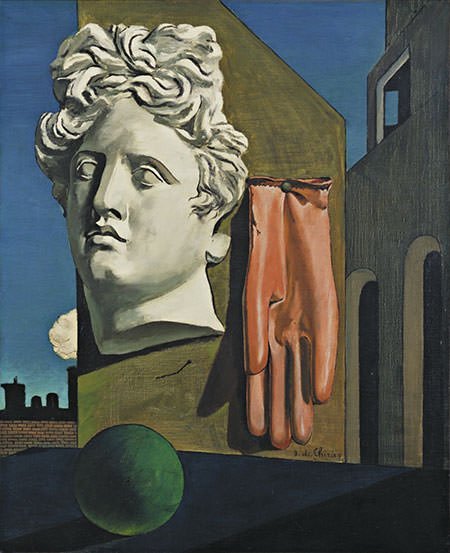
#7 THE MOVEMENT EXPANDED IN 1930-40 LEADING TO ITS GOLDEN AGE
In the 1930s, Surrealism spread across the globe leading to a golden age of the movement which lasted till the Second World War. Apart from literature and visual arts, Surrealism influenced many other fields including film, music and theater. It also affected political thought and practice; philosophy; and social theory. Politically Surrealism is usually associated with communism and anarchism. Breton and his group were supporters of Soviet politician and Marxist revolutionary Leon Trotsky and his International Left Opposition. Surrealism had an impact on many fields and it is not limited to those who identified themselves as “Surrealists” or those who were sanctioned by Breton. Broadly the term may refer to a wide range of creative acts of revolt and efforts to liberate the imagination.

#8 SALVADOR DALI AND RENE MAGRITTE ARE THE MOST FAMOUS SURREALISTS
Though Surrealism spread to many fields, it is best known for the works of its visual artists. Major figures responsible for creating the golden age of the movement were Spanish artists Joan Miro andSalvador Dali; German artist Max Ernst, and Belgian artist René Magritte. In visual arts, Surrealism found a hugely popular method; that of captivating the viewer with compelling images that exposed the psychological truth or stripped ordinary objects from the meaning associated with them. Among other things, Surrealist artists painted unnerving, illogical scenes with photographic precision; and created strange creatures from everyday objects. Salvador Dali and Rene Magritte are the most famous figures of the movement. Dali’s painting The Persistence of Memory and Magritte’s The Treachery of Images are the most famous works of Surrealism.

#9 It Led To ABSTRACT EXPRESSIONISM
During the Second World War, many European artists and writers had to flee to the United States. The art community there, which was already exposed to Surrealist ideas, came in contact with the Surrealists and embraced their ideas and methods. This led to Abstract Expressionism, the first specifically American artistic movement to achieve widespread international influence. The early works of Abstract Expressionists reveal a close association between the two movements. Thus Surrealism may be regarded as the single most important influence on the sudden growth in American arts after World War II. There is no consensus on when Surrealism ended. Some art historians consider World War II as the event which caused its decline and doom; others believe that point to be the death of Andre Breton in 1966; while still others regard the death of Salvador Dali in 1989 as its termination.
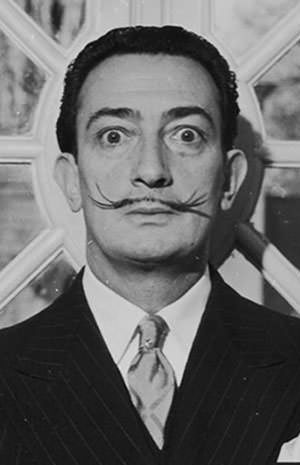
#10 FEMINISTS HAVE CRITICIZED SURREALISM AS THEY CONSIDER IT SEXIST
Surrealism was a hugely influential movement and it had an impact in many areas. In May 1968, there was civil unrest in France with massive strikes as well as the occupation of universities and factories. The slogan for the revolt “All power to the imagination” came directly from Surrealist thought and practice. Many significant literary movements, like the Beat Generation; and literary genres, like magic realism; were influenced greatly by Surrealism. Surrealist art continues to be hugely popular; and there are Surrealist groups and literary publications that are still active. Surrealism has also received criticism over the years, most prominently by feminists; who have claimed that the movement adopted archaic attitudes toward women, such as worshiping them symbolically through stereotypes and sexist norms.

